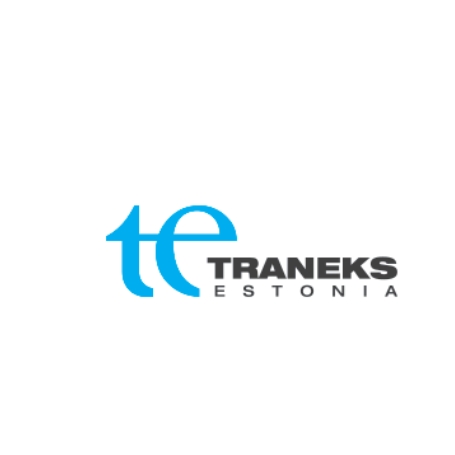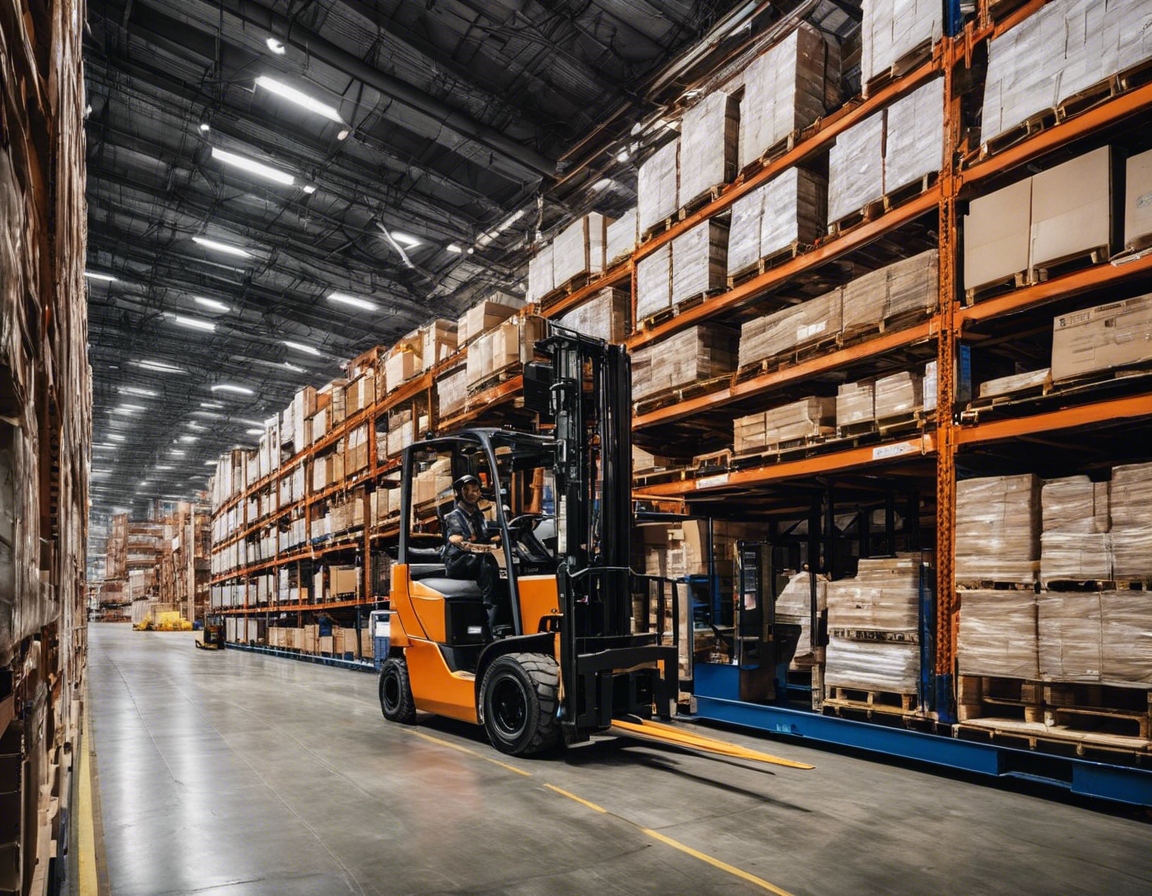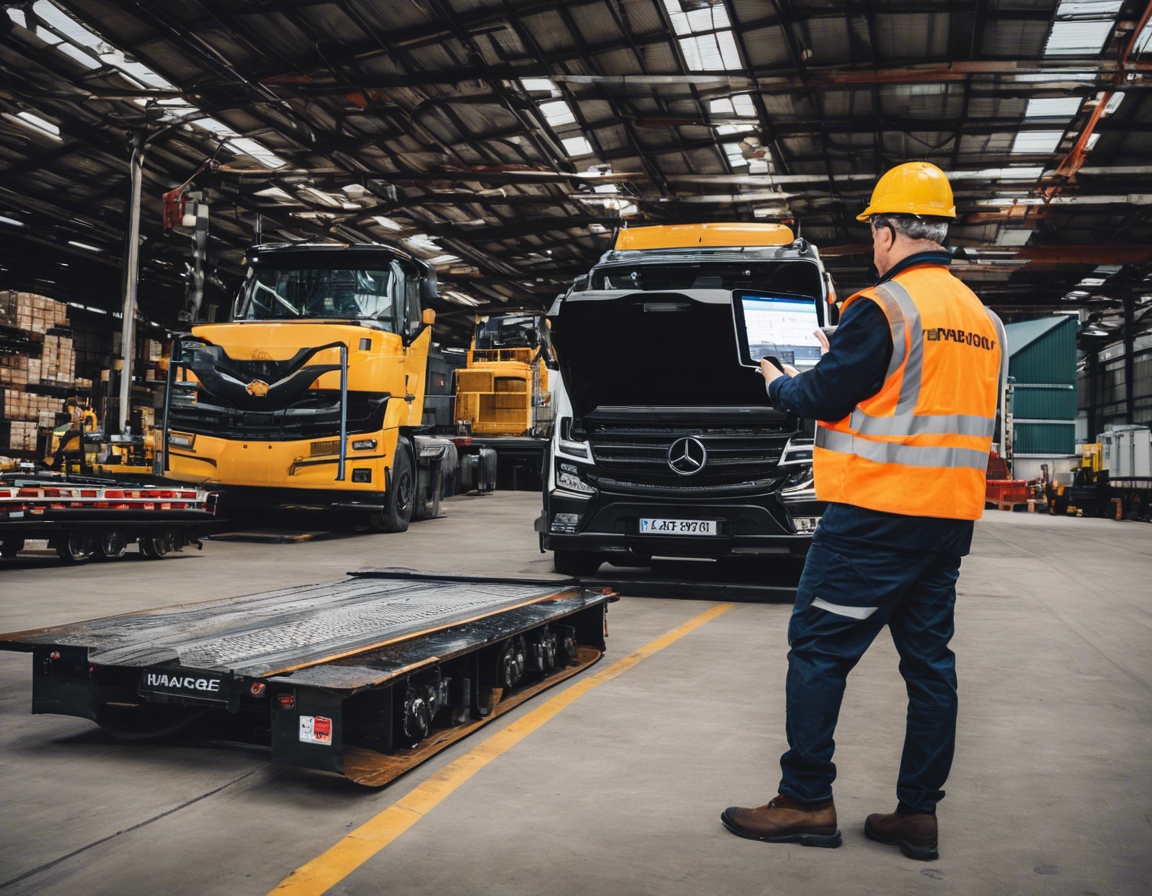Navigating the seas of global trade: a transport guide
Efficient transportation is the lifeblood of global trade, enabling businesses to move goods across borders seamlessly. It's not just about getting products from point A to B; it's about doing so in a way that maintains the integrity of the cargo, minimizes costs, and adheres to delivery schedules.
Transportation is a critical component of the international supply chain. It connects sellers and buyers from different corners of the world, making it possible to access a global marketplace. The right transport solutions can lead to competitive advantages in terms of cost, speed, and reliability.
Choosing the Right Mode of Transport
Sea freight is the most common mode of transport for global trade, offering the ability to ship large volumes at cost-effective rates. Understanding the different types of shipping containers and vessel options is crucial for optimizing sea freight strategies.
Air freight is the fastest mode of transport, ideal for time-sensitive or high-value goods. While more expensive than sea freight, it provides unmatched speed and can be a critical component of a just-in-time supply chain strategy.
Road transport offers unmatched flexibility, allowing for door-to-door delivery and the ability to adjust routes on the fly. It's an essential part of intermodal transport solutions, connecting sea and air freight with final delivery points.
Rail transport is a cost-effective and environmentally friendly option for moving large quantities of goods overland. With the rise of eco-consciousness in trade, rail offers a sustainable alternative without compromising on efficiency.
Deciphering the Complexities of International Logistics
Customs clearance and documentation are among the most complex aspects of international trade. Businesses must ensure compliance with various regulations and secure all necessary paperwork to avoid delays and penalties.
Incoterms define the responsibilities of buyers and sellers in international trade, outlining who is responsible for shipping, insurance, and tariffs at each stage of the transport process. A clear understanding of Incoterms is essential for smooth global transactions.
Insurance is a critical aspect of transporting goods internationally, providing protection against loss or damage. Businesses must understand the extent of their liability and the coverage options available to them.
Technological Advancements in Transport Logistics
Digitalization has revolutionized the transport industry, enabling more efficient operations, better customer service, and enhanced transparency throughout the supply chain.
Real-time tracking and increased visibility are now expectations in global trade. Technological solutions provide businesses with the tools to monitor their shipments every step of the way, ensuring better control and peace of mind.
Partnering with the Right Logistics Provider
Selecting the right logistics provider is crucial for success in global trade. Factors such as experience, network, and technological capabilities should guide businesses in their choice of partner.
Partnering with a logistics provider like TRANEKS OÜ, which has a robust network and deep expertise in international transport, can make all the difference. Their knowledge and resources can help businesses navigate the complexities of global trade with confidence.






Comments (0)